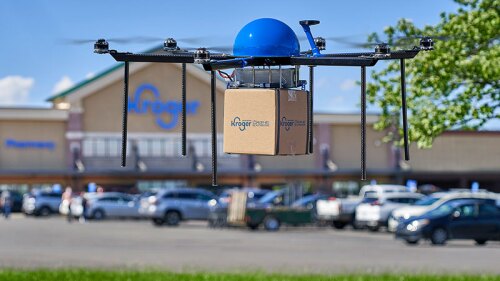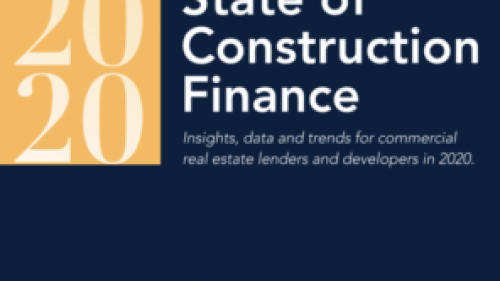New and Disruptive Technology
Integrated System Packages (ISPs), developed by Lawrence Berkeley National Laboratory and sponsored by the U.S. Department of Energy, are packaged efficiency solutions to be incorporated into the real-estate cycle. ISPs reduce transaction costs for building owners and mitigate disruptions to building occupants.
Real-time virtual models of objects, ranging from a building to an entire city, are an emerging concept that has the potential to transform the built environment and the real estate industry in numerous ways, according to the technology’s proponents.
In a world where consumers have grown accustomed to streaming whatever movies they want on demand and having purchases delivered to their doorsteps the next day, commercial real estate needs to focus its efforts in innovation on providing better consumer experiences, panelists said at the “Innovative Trends in Commercial Real Estate” session at the 2021 ULI Fall Meeting in Chicago.
ULI Greenprint Center for Building Performance’s annual report found a 12.4 percent reduction in carbon emissions in 2020 compared with an average 3.5 percent fall in previous years. In addition, the report found that real estate owners took advantage of reduced occupancy during the pandemic to double the implementation of energy efficiency projects.
The real estate industry can simultaneously combat inequality and boost property values by improving broadband access, according to a new ULI report. Broadband and Real Estate: Understanding the Opportunity, from the Institute’s Curtis Infrastructure Initiative, makes clear that high-speed internet is no longer a luxury but a necessity for participating in society and the economy.
Kroger, one of the largest U.S. grocery store chains, has partnered with Drone Express to begin testing grocery delivery via autonomous drones in Centerville, Ohio.
According to the North American Ports Report by Cushman and Wakefield, U.S. ports rebounded strongly in the second half of 2020. Volumes for the full year changed only modestly—a 2 percent increase in loaded inbound twenty-foot equivalent units (TEUs) and a decline of 5.5 percent on loaded export units.
The pandemic has accelerated the use of contactless drones for comprehensive applications in real estate development.
SPONSORED POST:See the latest trends in CRE and learn how slow payments in the construction industry generated domino effects costing an estimated $100 billion in 2020. Rabbet, a provider of cloud-based software for managing construction finances, surveyed real estate developers, lenders, subcontractors, and general contractors and packaged the results in its two latest reports.
As is common in the infrastructure and regulatory world, economic analysis is increasingly being used in the real estate industry to provide quantifiable insights into the long-term outcomes of design and investment strategies related to owner, occupant, and community impacts. Companies are using evidence-based research to understand how changes in the workplace can have a direct impact on both employee well-being and bottom-line financials.









